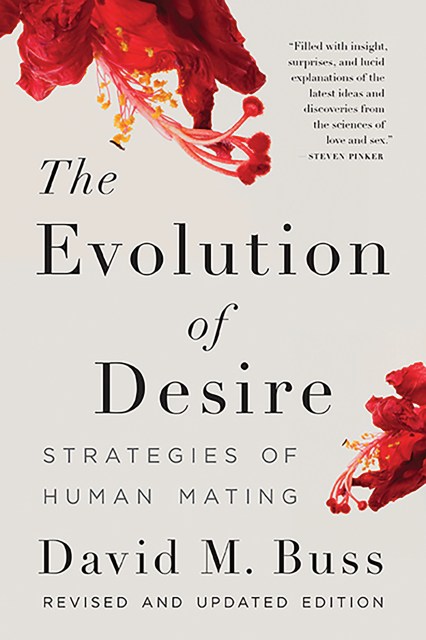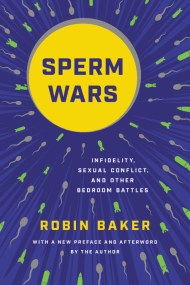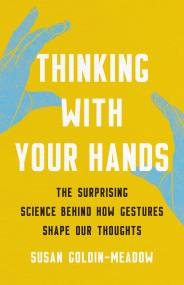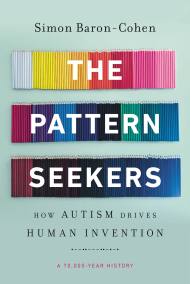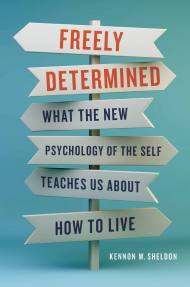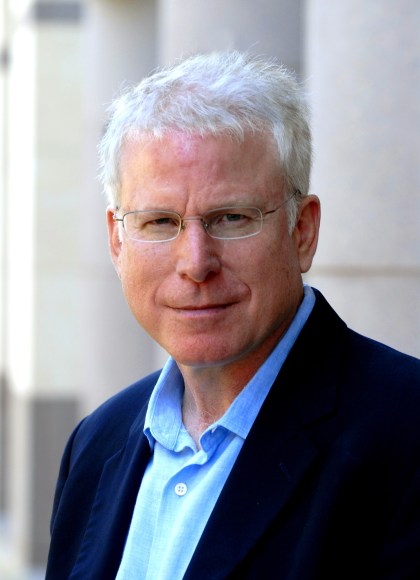Promotion
Use code MOM24 for 20% off site wide + free shipping over $45
The Evolution of Desire
Strategies of Human Mating
Contributors
Formats and Prices
Price
$19.99Price
$24.99 CADFormat
Format:
- Trade Paperback $19.99 $24.99 CAD
- ebook $14.99 $19.99 CAD
- Audiobook Download (Unabridged)
This item is a preorder. Your payment method will be charged immediately, and the product is expected to ship on or around December 27, 2016. This date is subject to change due to shipping delays beyond our control.
Also available from:
A “drop-dead shocker” (Washington Post Book World) that uses evolutionary psychology to explain human mating and the mysteries of love
If we all want love, why is there so much conflict in our most cherished relationships? To answer this question, we must look into our evolutionary past, argues prominent psychologist David M. Buss. Based one of the largest studies of human mating ever undertaken, encompassing more than 10,000 people of all ages from thirty-seven cultures worldwide, The Evolution of Desire is the first work to present a unified theory of human mating behavior. Drawing on a wide range of examples of mating behavior — from lovebugs to elephant seals, from the Yanomamö tribe of Venezuela to online dating apps — Buss reveals what women want, what men want, and why their desires radically differ. Love has a central place in human sexual psychology, but conflict, competition, and manipulation also pervade human mating — something we must confront in order to control our own mating destiny.
Updated to reflect the very latest scientific research on human mating, this definitive edition of this classic work of evolutionary psychology explains the powerful forces that shape our most intimate desires.
Updated to reflect the very latest scientific research on human mating, this definitive edition of this classic work of evolutionary psychology explains the powerful forces that shape our most intimate desires.
Genre:
-
"David Buss examines that most quintessential of biological desires in the context of modern biology—the ultimate explanations for why we have the thoughts and feelings we do. It is a book filled with insight, surprises, and lucid explanations of the latest ideas and discoveries from the sciences of love and sex."Steven Pinker, author of How the Mind Works
-
"A drop-dead shocker."Washington Post Book World
-
"Clear, coherent, and convincing…[What] makes it intriguing are the insights it offers into our behavior and the behavior of our partners, lovers and friends."Philadelphia Inquirer
-
“Ambitious.…Buss is refreshingly evenhanded.”Elle
- On Sale
- Dec 27, 2016
- Page Count
- 368 pages
- Publisher
- Basic Books
- ISBN-13
- 9780465097760
Newsletter Signup
By clicking ‘Sign Up,’ I acknowledge that I have read and agree to Hachette Book Group’s Privacy Policy and Terms of Use
